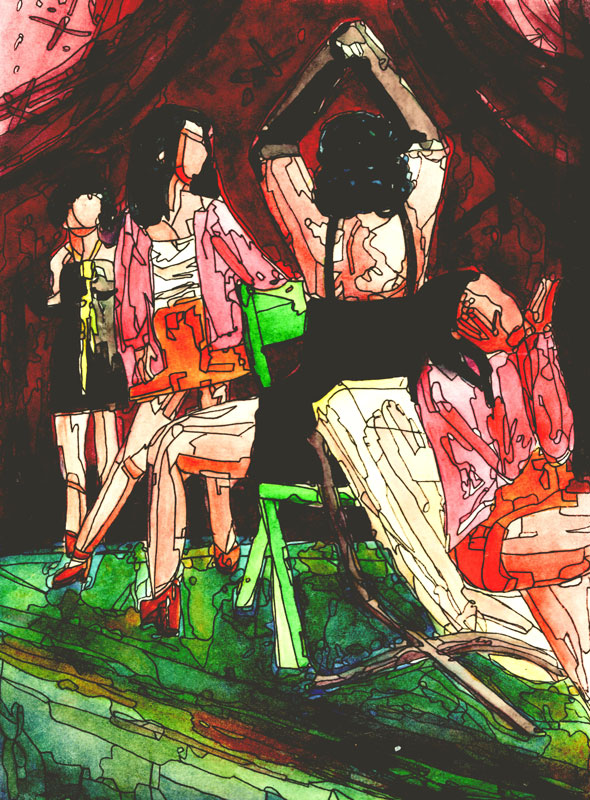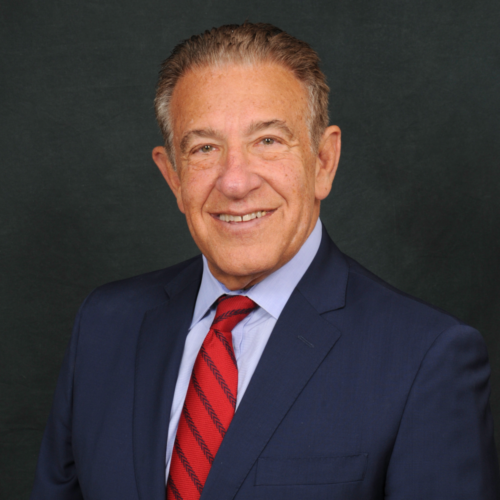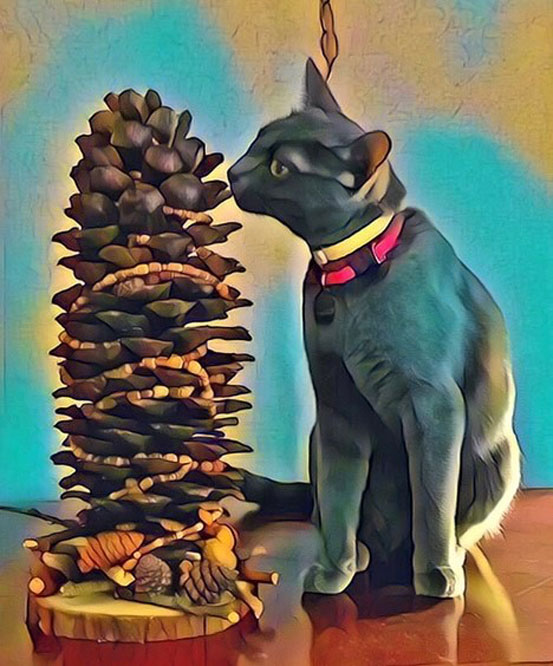MSAA features the work of many talented artists affected by multiple sclerosis as part of our annual MSAA Art Showcase. Each month we share these artists’ inspiring stories and beautiful artwork with you as our Artist of the Month. This month, we celebrate Lisa Domenic as February’s Artist of the Month. Lisa is from Philadelphia, PA.
Continue readingAuthor Archives: MSAA
Black Herstory
By Chernise Joseph
For reasons unknown, forcing myself to sit and write lately has become increasingly difficult. The stresses of life coupled with just being sick have made one of my favorite hobbies intimidating to me. How do you write what you cannot see inside your own head?
Anyway, as I sat scrolling through some mind-numbing app, an informative blurb caught my attention. It told the story of Lake Lanier, a formerly thriving African American community in Georgia that was destroyed. That, of course, isn’t a tale new to any of us who have lived in America for any length of time, but it got me thinking about Black History Month or, more importantly, Black Herstory Month.
Continue readingKaty Maiolatesi – January 2024 Artist of the Month
MSAA features the work of many talented artists affected by multiple sclerosis as part of our annual MSAA Art Showcase. Each month we share these artists’ inspiring stories and beautiful artwork with you as our Artist of the Month. This month, we celebrate Katy Maiolatesi as the January Artist of the Month. Katy is from Lansing, MI.
Continue readingAsk the Expert – Spasticity
Featuring Barry A. Hendin, MD
MSAA’s Chief Medical Officer
Question: Does spasticity in MS ever improve on its own and what are the best treatments for this symptom?
Answer: First, it may help to define spasticity in simple terms. Spasticity is an increase in muscle tone due to an imbalance between excitatory and inhibitory influences on nerve flow along the motor pathways of the brain and spinal cord. Symptoms can vary from mild discomfort to severe pain and disability. Activities of daily living, quality of life, upper extremity function, and gait, can all be affected.
As with all MS symptomatology, spasticity can vary in intensity. It can improve or worsen, depending upon MS relapses, progression, or outside influences – including events, such as urinary tract infections. Fortunately, many interventions can help to reduce spasticity and improve comfort and function.
Continue readingBarbara Patrick – December 2023 Artist of the Month
MSAA features the work of many talented artists affected by multiple sclerosis as part of our annual MSAA Art Showcase. Each month we share these artists’ inspiring stories and beautiful artwork with you as our Artist of the Month. This month, we celebrate Barbara Patrick as the December Artist of the Month. Barbara is from Coulterville, CA.
Continue readingPrioritizing Self-Care
By Stacie Prada
Each year I approach the holiday season with excitedly high hopes and an underlying worry for the season’s demands. I know I need to be even more attentive to my health than usual to best navigate the next couple of months. Yet most years I put commitments and other people ahead of my needs. It leads to overwhelm and exacerbates my MS fatigue.
Self-care is an individual decision and responsibility, and it’s within our control. So, what makes it so hard? Often, it’s the abundant needs of family, friends, profession, and self-imposed expectations competing with limited time, money, and energy to meet those needs. The demands of us and by us can be more than humanly possible to meet. So where do we draw the line?
Continue readingAsk the Expert – Pain
Featuring Barry A. Hendin, MD
MSAA’s Chief Medical Officer
Question: What types of medications are prescribed for pain in MS and what types of
complementary and alternative medicine (CAM) may be helpful?
Answer: Management of pain includes but is not limited to prescription medications. Our initial goal is to assess the cause of the pain and then to try to manage the pain itself. Pain in multiple sclerosis (MS) can come from lesions in the central nervous system (CNS), which produce very specific symptoms of intermittent facial pain (called trigeminal neuralgia) or burning and itching discomfort in various parts of the body.
Continue readingWhat MS Has Taught Me
By Suzanne Marriott
Being my husband’s caregiver throughout his years of living with MS taught me a great deal. I discovered hidden internal resources and developed new skills that stretched my understanding of what I could do.
Through embracing the challenges of caregiving, I learned to trust myself to do what had to be done to care for my husband, Michael, despite my self-doubt and lack of experience. For example, in the latter stages of Michael’s disease, I learned to accomplish procedures that only an RN could comfortably do, such as administering IV medications and changing his Foley catheters while maintaining a sterile environment. As his condition worsened, Michael came to trust me more and more, and I was able to ensure that he received the right medical care and the right follow-up—from me.
Continue readingThe Fear
By Chernise Joseph
Since it’s the spookiest of months, let me get right to the point: MS has taught me how to be afraid. To be very, very afraid. As big and as intimidating as that word can truly be, I don’t want it to come across as multiple sclerosis has simply scared me away from living as that isn’t the case at all–if anything it’s the exact opposite.
Multiple sclerosis is a funny thing, especially the sort I have. I can go weeks, months, even years, without any relapses, but the threat of them still lurks over my head like a storm cloud. What if I overdo it today and trigger a relapse? What if the weather is simply weather-y and I’m in relapse-land? What if, what if, what if.. That is what scares me the most about MS. The what ifs.
Continue readingLifelong Learning
By Stacie Prada
When the kids return to school, traffic patterns change and I may follow the school bus on my morning commute to work. There are fewer tourists in my town and fewer colleagues away on vacation. Stores and ad campaigns feature school supplies and products useful for students going back to school. “Back to School” season is a terrific annual reminder that learning doesn’t end after finishing school. I consider how much lifelong learning I’ve done and hope to attempt, the possibilities grow, and I’m motivated to plan more.
Continue reading





